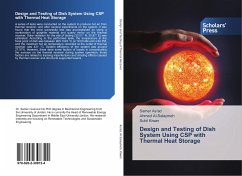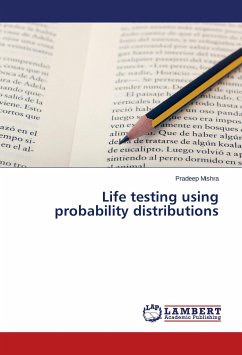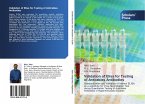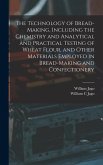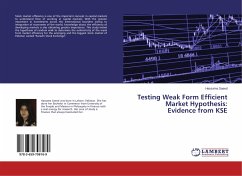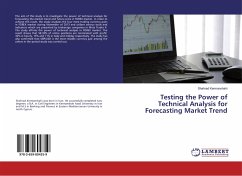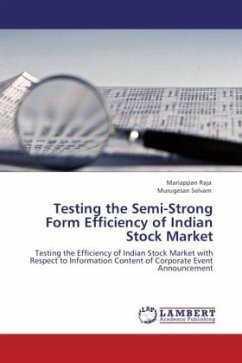A series of tests were conducted on the system to produce hot air from thermal receiver, and after several experiments on the system, it was found that the most successful test was accomplished by using a combination of graphite material and quartz mirror on the thermal receiver. Solar radiation for the site of testing (32.01° N, 35.87° E) was estimated. According to the performed tests, the temperature at the focal point of dish was between 960-1023 °C at 10:00 AM until 4:40 PM, and the maximum hot air temperature recorded at the outlet of thermal receiver was 421 °C. System efficiency of the system was around 27.07%. However, there were some factors of losses in concentrating the sunrays on the thermal receiver during system operation; those factors are related to tracking imperfections and shading effects caused by thermal receiver and structural supported beams.
Bitte wählen Sie Ihr Anliegen aus.
Rechnungen
Retourenschein anfordern
Bestellstatus
Storno

